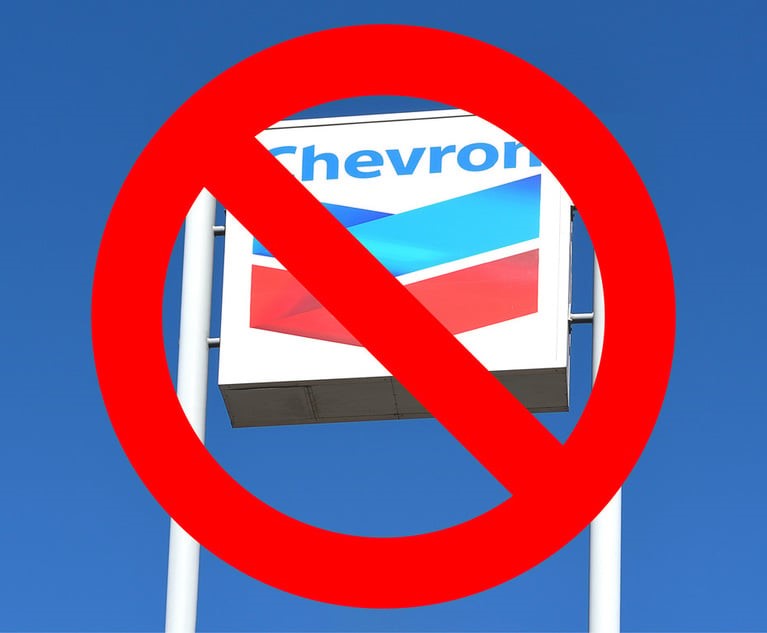By Gerald L. Maatman, Jr., Gregory Tsonis, and Christian J. Palacios
Duane Morris Takeaways: On August 22, 2025, U.S. District Judge Matthew Kennelley for the Northern District of Illinois ruled that a group of supermarket meat, bakery, and deli managers could maintain their collective action against the grocery chain, Mariano’s, despite the differences in job responsibilities and store locations of collective action members. In the same order, Judge Kennelley denied Plaintiffs’ motion to certify a proposed class pursuant to Rule 23, highlighting the more demanding requirements for class certification. The case, captioned Depyper, et al. v. Roundy’s Supermarkets, Inc. et al., Case No. 20-C-2317 (N.D. Ill. Aug. 22, 2025) and available here, is significant because it is one of the first times a court considers a defendant’s “decertification” motion following the Seventh Circuit Court of Appeals decision in Richards, et al. v. Eli Lilly & Co., Case No. 24-2574, 2025 WL 221850 (7th Cir. Aug. 5, 2025), (“Eli Lilly”), which addressed the standard applicable for conditionally certifying an FLSA collective action. As this decision illustrates, although plaintiffs may face a higher legal bar for sending notice to a purported collective post-Eli Lilly, maintaining the collective after it has been “conditionally certified” is still subject to a much less demanding analysis than under Rule 23.
Background
Mariano’s and its banner store, Roundy’s Supermarkets, Inc. (“Defendant”), a well-known grocery store chain in the state of Illinois, was sued on April 14, 2020, by a former meat manager and bakery manager, alleging violations of the Fair Labor Standards Act (“FLSA”) and the Illinois Minimum Wage Law (“IMWL”), seeking unpaid overtime wages and alleging they were misclassified as exempt under both laws. Two years later, on April 21, 2022, a former deli manager filed a similar lawsuit alleging similar violations on behalf of her and other similarly situated deli managers. Id. The first lawsuit was “conditionally certified” on November 9, 2020, and Defendant stipulated to conditional certification in the second action on June 14, 2022.
Following the close of the lawsuits’ respective notice periods, the first collective action (comprised of meat managers and bakery managers) numbered twenty-eight (28) plaintiffs, while the second collective action (comprised of deli managers and hot foods managers) contained seventy-six (76) plaintiffs. Id. The parties consolidated the actions shortly thereafter to streamline discovery. Id.
After the close of discovery, Plaintiffs moved for “final certification” of the FLSA collective and concurrently moved to certify a IMWL class under Rule 23 comprised of all Mariano’s deli, hot foods, bakery, and/or meat department managers which were paid a weekly salary and classified as exempt, within the statutory period. Id. at 5. In response, Defendant moved to “decertify” both collectives. Id.
The Court’s Ruling
In a lengthy, 39-page opinion, the Court denied Plaintiffs’ motion for class certification under Rule 23 while simultaneously granting Plaintiffs’ motion for collective action certification (thus denying Defendant’s decertification motion).
The Court considered Plaintiffs’ class certification motion first, holding that while Plaintiffs established a common question (i.e. whether Defendant maintained an unofficial policy of misclassifying department managers), they did not establish that common issues predominated over individual issues. Id. at 10-11. As Defendant maintained that it properly classified Plaintiffs as exempt from the FLSA under the Administrative or Executive exemptions, the Court determined that individualized inquiries would be required to establish whether exempt work was the primary duty of an employee. Id. at 14. Thus, even though proving an unofficial policy “will move the plaintiffs’ claims forward,” the factfinder would still have to determine whether that policy resulted in a department manager having non-exempt primary duties. Id. Notably, the Court also credited various declarations provided by Defendant from department managers that indicated a wide range of “supervisory responsibility,” thus requiring further individualized inquiries regarding satisfaction of the discretion and independent judgment necessary to establish the Administrative exemption, further precluding predominance. Id. at 15-16. Finally, the Court also denied Plaintiffs’ fallback argument for “issue-class certification” under Rule 23(c)(4), similarly reasoning that even isolating the alleged misclassification policy as a common issue would not materially advance the litigation, given liability still turned on an individualized analysis of plaintiffs’ primary duties. Id. at 19.
With respect to Plaintiffs’ motion for FLSA collective action certification, the Court’s analysis and conclusion differed markedly. The Court first noted that FLSA collective actions do not have the same requirements as Rule 23 class actions and, unlike Rule 23, nothing in the FLSA required “adequate representation,” establishing predominance, or proving the superiority of proceeding as a collective. Id. at 21. Notably, the Court first analyzed and considered the Seventh Circuit Court of Appeals’ recent decision in Eli Lilly, which revised the standard for granting conditional certification of an FLSA collective, and its consequence on the instant action. As the Court noted, although Eli Lilly provided some guidance on the “notice” stage of an FLSA collective action, once opt-in discovery concluded, Plaintiffs bore the burden of establishing that they were similarity situated at the final certification stage by a preponderance of evidence. Id. at 23. The Court also noted that Eli Lilly was silent on the standard that district courts should apply to determine whether the collective contains “similarly situated” employees. Id. at 23.
Given the lack of guidance from the Seventh Circuit, the Court applied a three-factor test adopted by district courts in Illinois and elsewhere, which considers: “(1) whether the plaintiffs share similar or disparate factual and employment settings; (2) whether the various affirmative defenses available to the defendant would have to be individually applied to each plaintiff; and (3) fairness and procedural concerns.” Id. at 23.
Applying these factors, the Court determined that plaintiffs met their burden and could maintain both collectives. Specifically, the Court found that the collective members uniformly testified that they were classified as exempt, constrained by upper-level management hierarchy, expected to work 50 hours per week, and often performed the same tasks as hourly employees. Id. at 28. Though Defendant attempted to point to dissimilarities between Plaintiffs’ testimony and the department manager job descriptions, the Court noted that this argument “does not show a difference among the plaintiffs,” concluding that “[t]he fact that the plaintiffs uniformly testified that their job descriptions did not accurately reflect their actual work is a similarity among them, not a difference.” Id. The Court further rejected Defendant’s argument that managers’ job responsibilities varied across locations, noting that the fact that Mariano’s had forty-four (44) locations was not dispositive. Id. at 27. Defendant did not demonstrate how each store was different from the others, the Court opined, further noting that Defendant itself thought store location was “immaterial” when classifying department managers as exempt. Id. at 27-28. Accordingly, the Court certified the twenty-eight (28) collective action of meat and bakery managers and the seventy-six (76) collective action of deli and hot foods managers.
Takeaway for Employers
This decision highlights the relatively lenient standard applicable to FLSA collective actions, as opposed to Rule 23 class actions. Significant variation among job duties, titles, and responsibilities may not be enough to defeat collective action certification, and Employers should formulate an aggressive strategy for obtaining record evidence of substantial dissimilarities to prevail at the decertification stage. The Depyper decision also demonstrates that, while the Seventh Circuit has weighed in on the notice requirement for conditional certification, district courts retain substantial discretion in deciding what standard to apply at the “decertification” stage in assessing whether FLSA collective action members are “similarly situated.” Ultimately, even where employers prevail against Rule 23 class claims, they can still face costly and broad FLSA collective action litigation on wage and hour claims.










